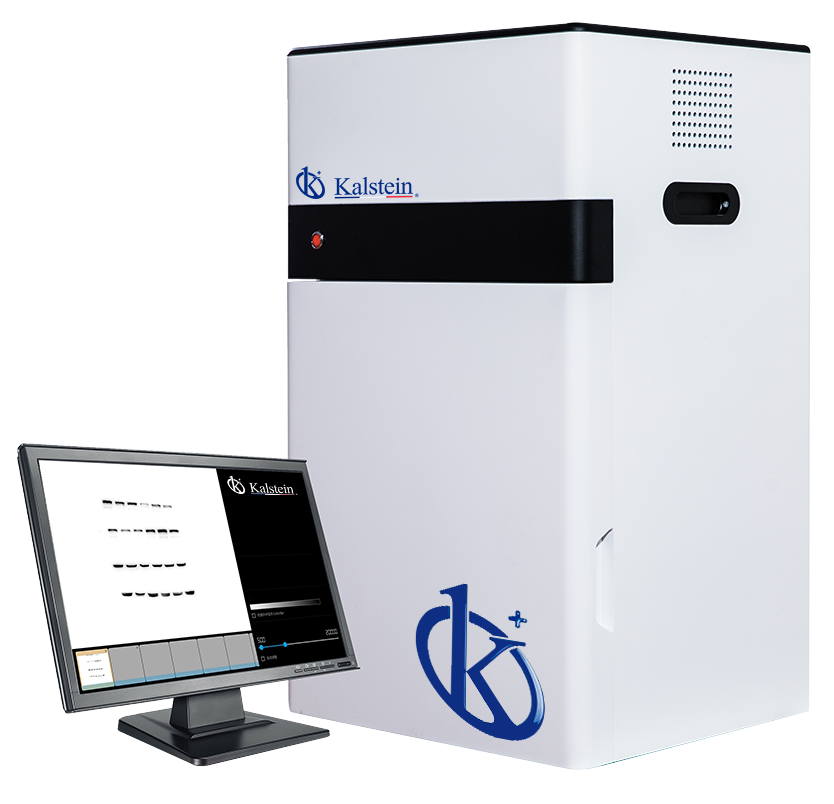One of the main challenges in the laboratory is to keep cellular organisms healthy and alive; to counter this problem, a scientist needs to resort to appropriate gel systems that keep them protected from any environmental damage.
Current laboratory gel systems meet this need in a safe and reliable way; in the modern laboratory, there are a wide variety of gel systems available, these systems can be found in prepackaged boxes or in various protocols.
There are several gel systems that contain different variants for use by researchers
This is why; these protocols or prepackaged boxes may contain a multiplicity of variants such as clays, barriers, agar gels, culture media, among others; one of the most common gel systems in modern laboratories is agar gel; these gels are prepared from agar-agar, which is a polysaccharide obtained mainly from red algae Euchema.
The use of these gels offers an appropriate gelatinous structure that allows in vitro culture of organisms; in a sterilized environment, agar gels allow the growth of spongy cellular structures, which serve for research and manufacture of biological products.
Reference polymer gels are other gel systems popular in modern laboratory
On the other hand, petroleum gels are another gel system commonly used in modern laboratories; these solutions are prepared from the mixture of petroleum with accelerators such as nitrocellulose, paraffin and kaolin.
These solutions have been formulated to mimic the qualities of liquid-gaseous lipid, making them suitable for containing and growing a variety of bacteria.
We can also cite liquid gel systems, which allow the growth and development of consortia of bacteria in a liquid-air structure
These solutions can be formulated with a variety of polymers such as synthetic polymers, starch, urea, polyglyceric acids, amides, etc; they provide a suitable environment for culture and have been shown to be beneficial for the preparation of recombinant proteins.
In addition to previous gel systems, modern scientists can also turn to liquid gel systems such as liquid-air lipids; these gels are formulated using surfactants and other emulsifying agents.
By choosing the right gel system, modern scientists can be assured that their ingredient is safe
In conclusion, modern laboratory gel systems satisfy a variety of requirements of scientists, ranging from liquid to dry solutions, which provide a suitable environment for research and development of biological products.
They can be formulated from a variety of materials including polymers, petroleum, lipids, etc. and are available in a variety of protocols and prepackaged boxes.
At Kalstein you can get the best and cheapest gel systems for your laboratory
Just click on the following link HERE and you can choose the one that best suits your needs.
Kalstein as a manufacturer offers you the best gel systems visit our website HERE to enjoy great offers and prices without competition, as we are MANUFACTURERS and we can guarantee your effective purchase.


